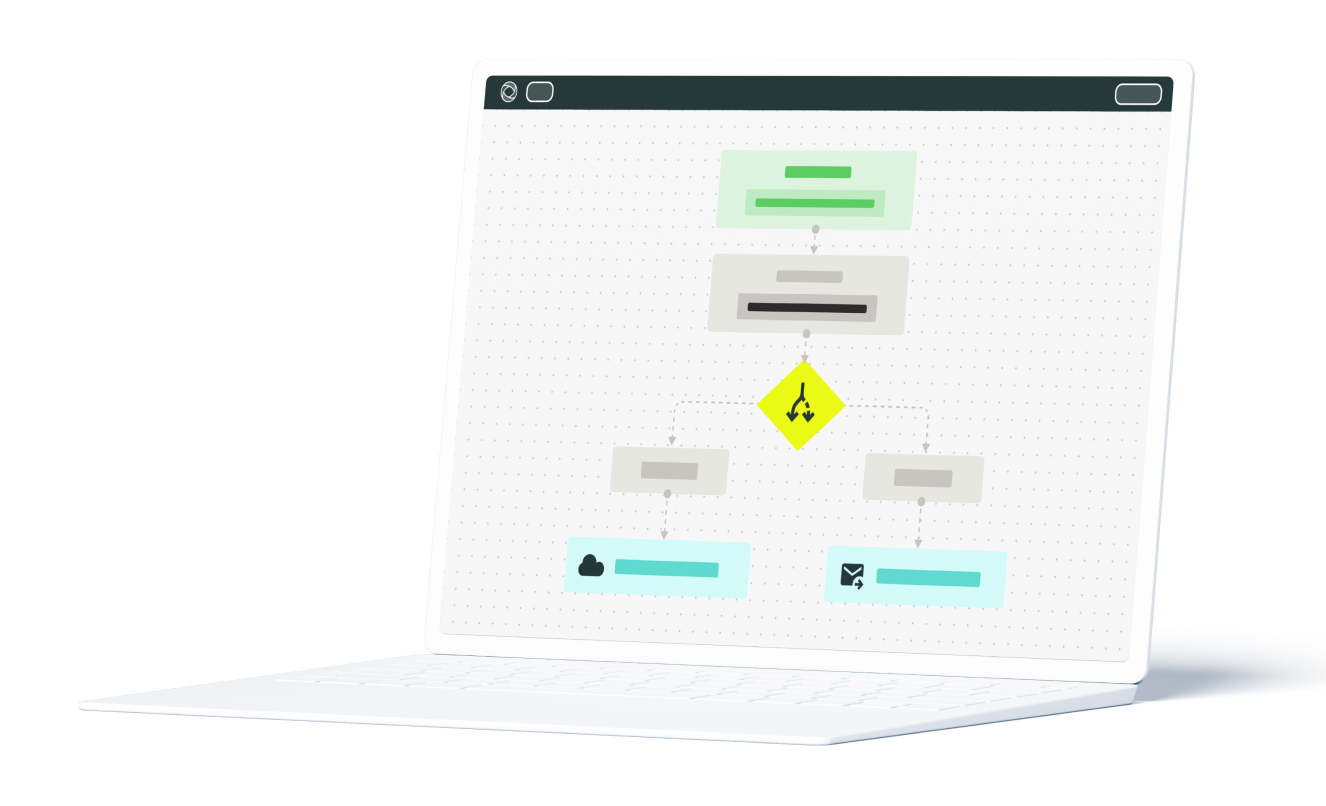Above all: what is a punch list?
In simpler terms, a punch list, also known as a punch out list, snag list, or deficiency list, is a checklist of things that don’t meet specifications and must be fixed before the project closeout. From a business perspective, a punch list is an essential document that marks the final inspection phase of a construction project review before moving on to the payment stage.
Punch lists are used in projects of any size. There is no golden standard for the punch list items. Depending on its type — project management punch list, engineering punch list, construction punch list, and others — any item can be included, from incomplete installation to incidental damage to existing material or structures. However, there are some common things:
- Punch lists name the location of the work, the name of the task, and deadline by which the project must be completed.
- All deviations are usually supported by photos and comments
- Typically, construction punch lists include specific details about damage to other materials or items, incorrect installation, or information that something is not functioning properly.
In some way, punch lists prevent you from having to redo items over and over again. Let’s look at how this process flows.
Building an inspection punch list process
Although many parties may be involved in overseeing and examining the punch list, they are mostly used by Project Managers, General contractors, Engineers, Architects and Designers. In certain cases a Punch List Manager is assigned as the one responsible for monitoring a punch list items throughout its entire lifecycle.
Let’s revise the steps needed to be taken in a common punch list process:
- Once the project is finished, the Client, together with Architects and Contractors attend a punch list walk through to gain a clear understanding of what work has been completed and what remains to be done. They then draw up a punch list, in which they enter any defects found, which must be redone by subcontractors.
- The Subcontractor should ensure the punch list tasks get completed and once the rework is done, the punch list is sent back for review and approval.
- If there are no deficiencies in the specifications, the final sign off takes place.


Now that we’ve got the process figured out, a proper punch lists app should be chosen to make things happen.
Simplify Your Punch List Workflows with Fluix: Start Automating Today
Getting things done with a punch list software
The role of software is crucial. Instead of waiting to receive paper lists, the entire team can keep track of completed tasks as they happen. Overall, this helps ensure faster and more efficient punch list project management. Here are the main benefits the field management software like Fluix provides:
- Automated workflows. Responsible people ensure a repetitive transparent flow for all participants, with a clear way of communication
- Mobile App with digital forms. A simple and intuitive app allows to fill in puch list checklists, add photos and sign off on an iPad even offline
- At-a-glance tracking. Real-time control over the process keeps everyone on the same page
- Secure cloud storage as a last waypoint in the route for the completed punch lists and other forms. Fluix offers its own built-in cloud storage, as well as the option to integrate with popular services such as Google Drive, Dropbox, Box, Office 365, and other cloud storage providers
- Data intelligence. Fluix allows data analysts to work with the data extracted from completed punch lists, and analyze common issues in punch lists
To cover the key aspects of the process, we recommend using these checklists:
Advice from practice
An efficient construction digital transformation means not only the automated flow, but also well-designed punch list templates. From our practice, it’s crucial to make a punch list checklist clear and functional for both those who fill it out initially and those who will have to fix problems later. It is worth noting about photo fields. What is the ideal flow? That’s when your team members can take high quality photos right while working in a punch list on an iPad or iPhone, and the photos are automatically added in specially allotted fields in a form, making it structured and convenient for all participants of a construction workflow.
A minor thing saves hours when it goes to a hundreds of photos per checklist.

